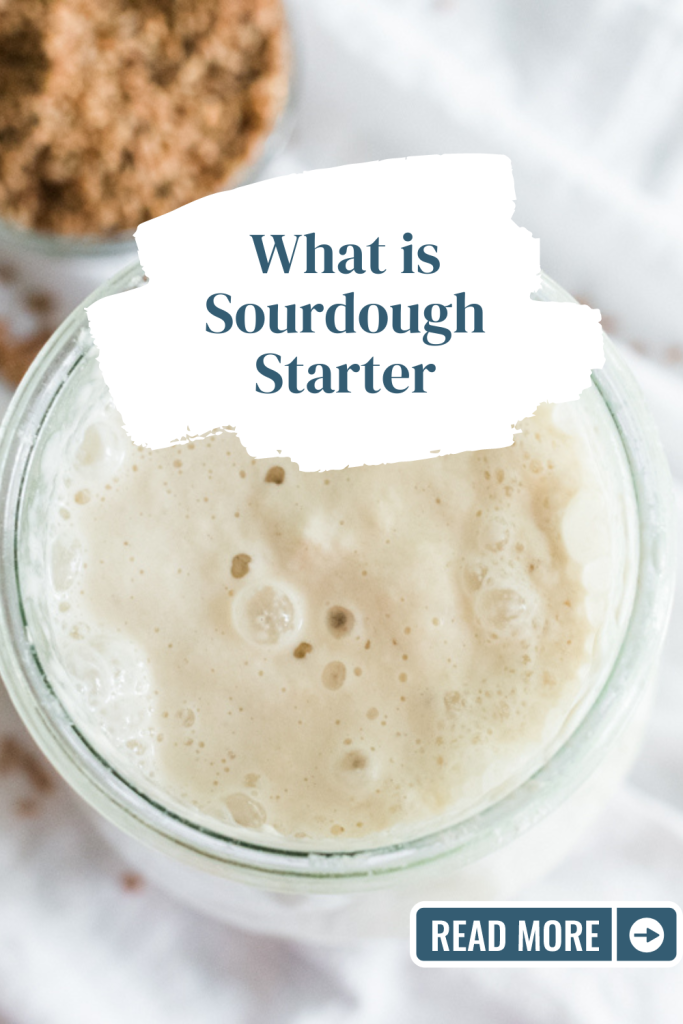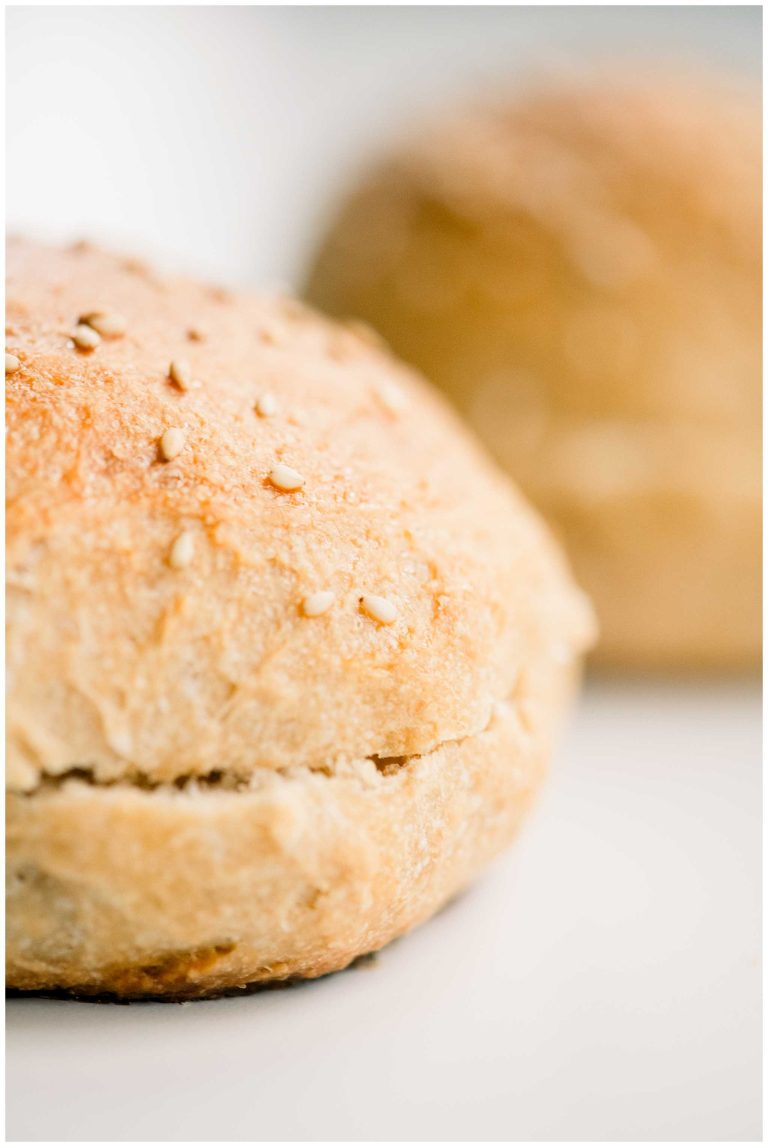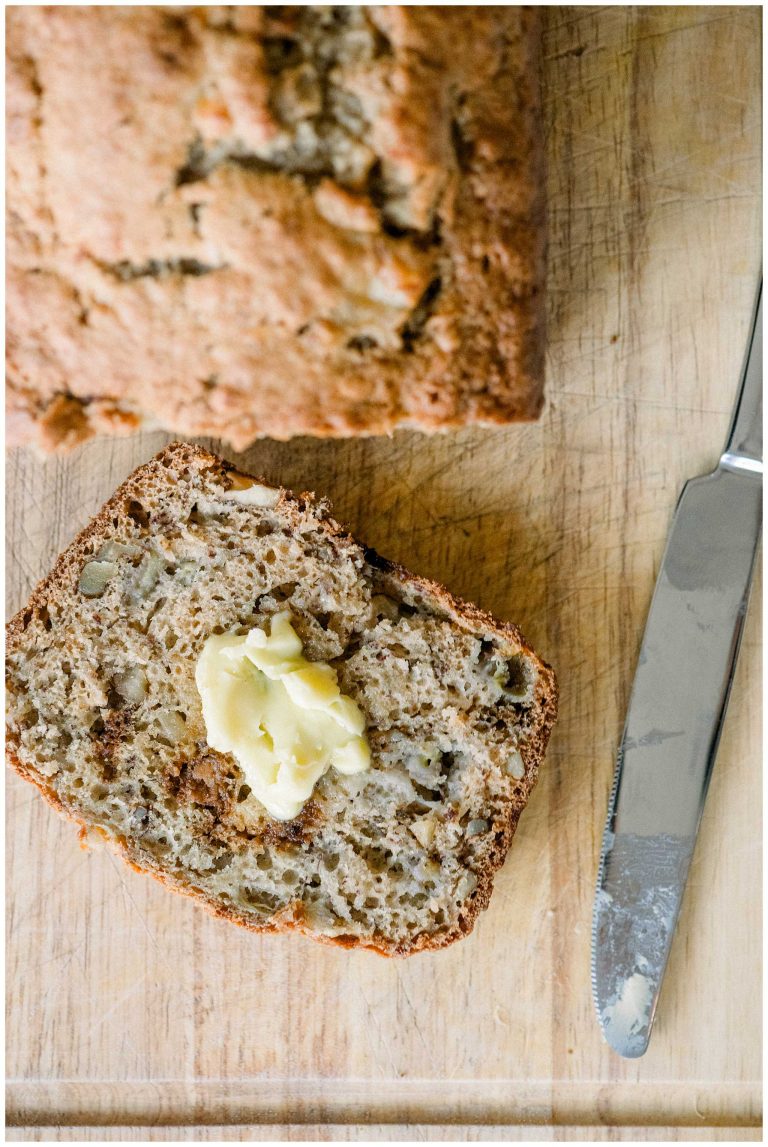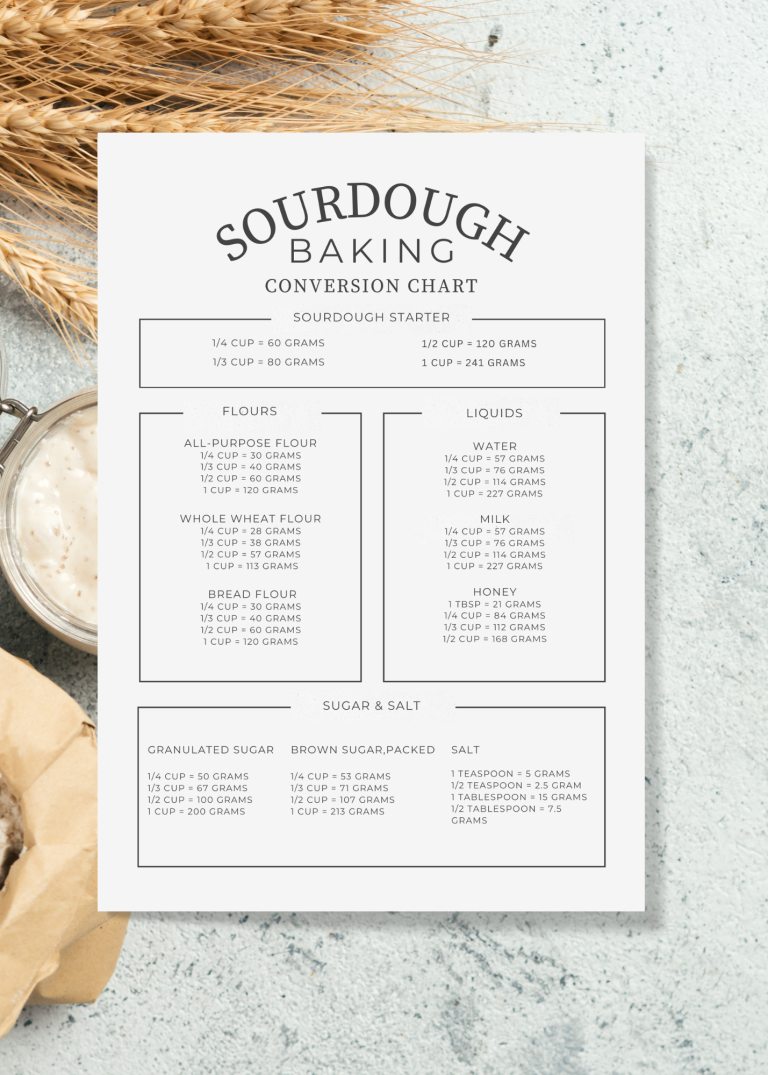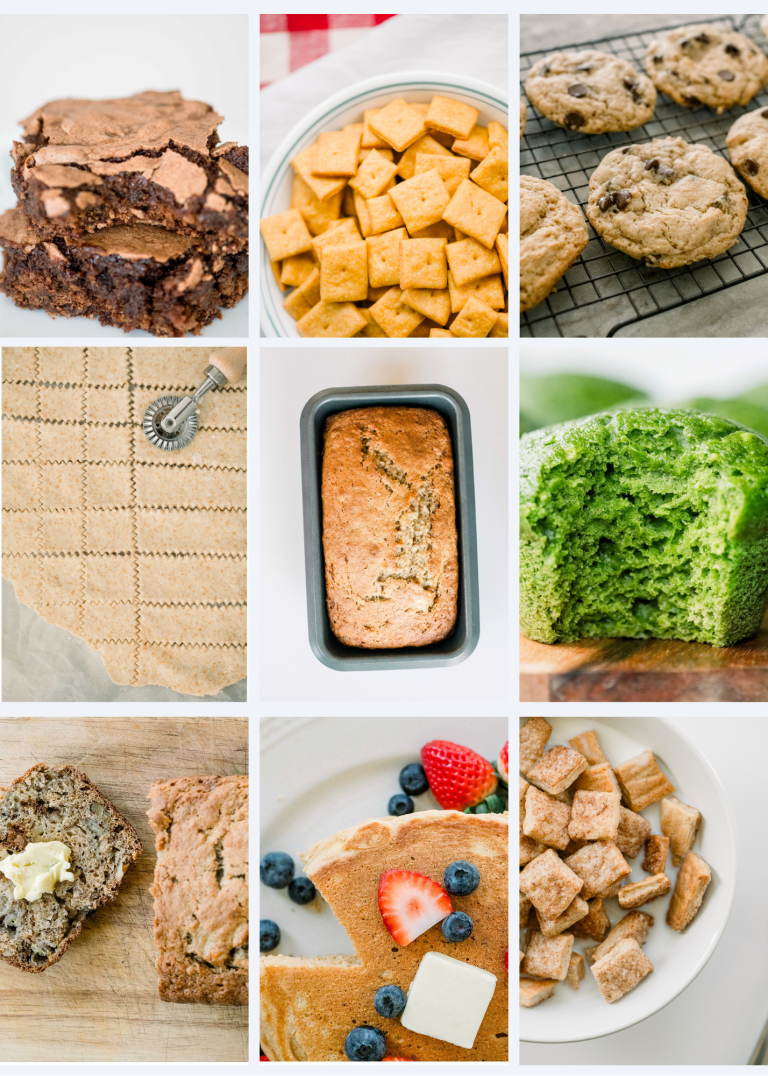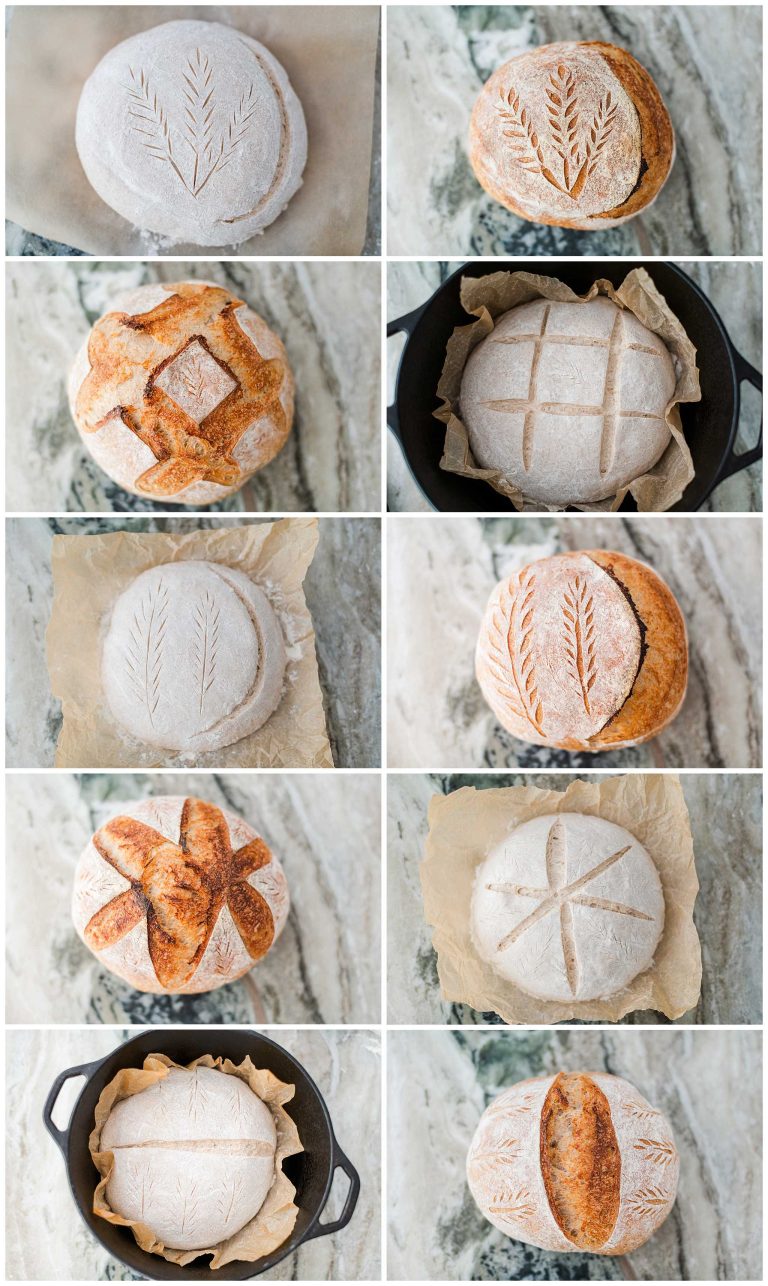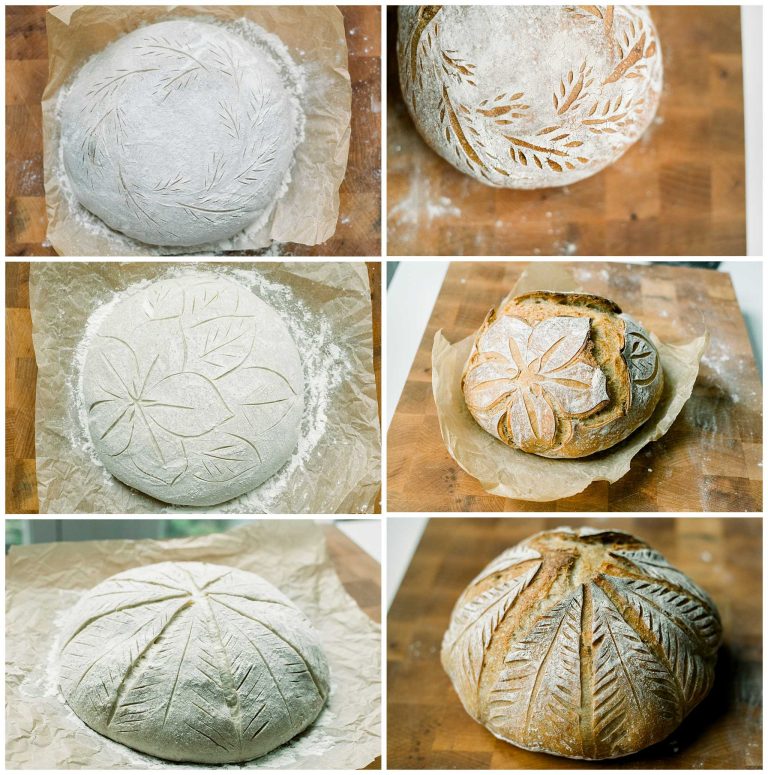What Is Sourdough | The Quick Guide To Sourdough And Starter
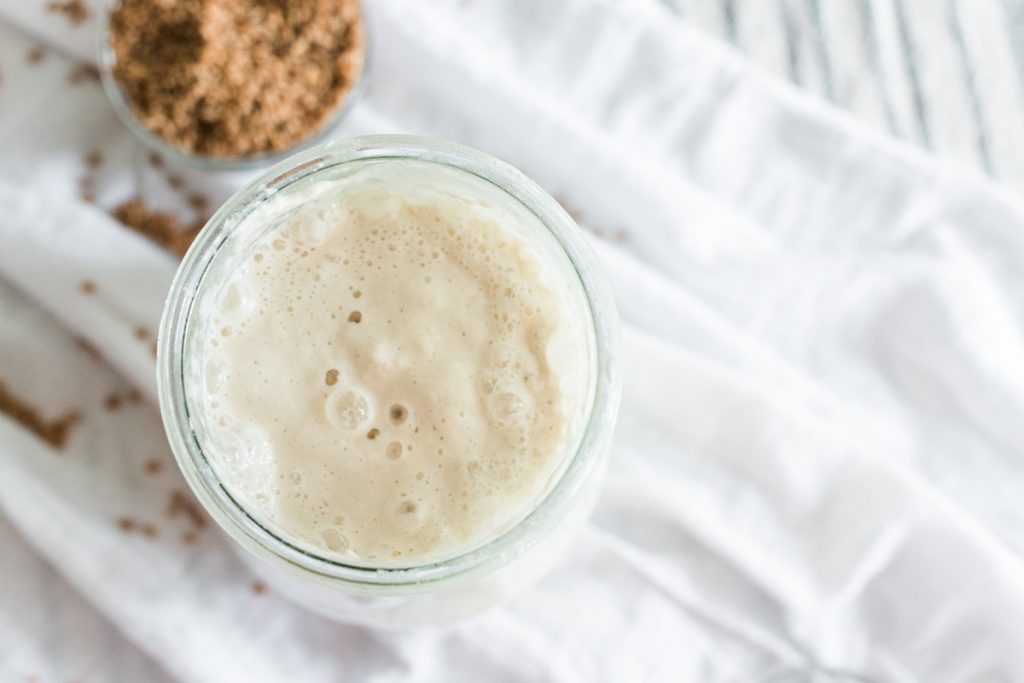
What Is Sourdough?
Sourdough is a type of bread that is made from a mixture of flour and water and then fermented with wild yeast and bacteria. This mixture, also known as a sourdough starter, is used to make the dough for sourdough baked goods.
Sourdough bread is unique because of its tangy, sour flavor, chewy texture, and distinctive crust. Sourdough relies on natural yeast and bacteria found in the environment to ferment the dough and make it rise.
The sourdough starter is often kept alive for years, and small portions are used to make new batches of bread. This creates a continuous cycle of fermentation and baking.
Making sourdough bread requires patience and time. The dough needs to ferment for several hours or even overnight before it is baked. However, I really enjoy the process of making sourdough bread and appreciate its health benefits. It is really easy once you get the hang of it, promise!
How To Make Sourdough Starter
Making a sourdough starter from scratch is a simple process that requires only a few ingredients and some patience. Here’s how to make a sourdough starter:
Ingredients:
- 100g all-purpose flour
- 100g water (room temperature)
Instructions:
- In a large glass jar or bowl, mix together the flour and water until well combined.
- Cover the jar or bowl with a clean kitchen towel or cheesecloth, and place it in a warm, draft-free area of your kitchen.
- Over the next few days, you will need to “feed” the starter by adding equal parts flour and water to it and stirring it well. You will need to do this once a day.
- As the starter ferments, you will notice bubbles forming and the mixture will start to smell sour and tangy. This is a good sign that the yeast and bacteria are multiplying and fermenting the mixture.
- After about 5-7 days, your starter should be mature and ready to use. You can use a portion of it to make your sourdough bread. Then feed the remaining starter and store it in the refrigerator for later use.
To keep your starter healthy, be sure to use a clean utensil when feeding it, and avoid exposing it to extreme temperatures or other elements that could harm the yeast and bacteria.
What Is That Grey Liquid?
The grey liquid on top of your sourdough starter is most likely “hooch”. Hooch is a byproduct of the fermentation process in sourdough, and is a mixture of alcohol (usually ethanol) and acetic acid. It forms when the yeast in the starter consumes all the available sugars and begins to produce alcohol as a waste product.
If you notice hooch on your starter, it’s a sign that the starter is hungry and in need of feeding. Simply pour off the hooch, add equal parts flour and water to the starter, and stir well. Your starter should begin to ferment and rise again after a few hours.
To keep your starter healthy, it’s important to feed it regularly, store it in a warm, draft-free location, and avoid exposing it to extreme temperatures or other elements that could harm the yeast and bacteria. When I don’t plan on using the sourdough starter, I will put it in my fridge in a sealed jar until I am ready to wake it up by feeding it.
Health Benefits Of Sourdough
Improved digestion
The fermentation process in sourdough helps break down complex carbohydrates and proteins, making them easier to digest. This can be beneficial for people with digestive issues such as gluten intolerance or irritable bowel syndrome.
Better nutrient absorption
Sourdough contains phytic acid, which can bind to minerals such as iron, zinc, and calcium, making them less available for absorption. However, the lactic acid bacteria in it can help break down phytic acid, allowing for better nutrient absorption.
Lower glycemic index
Sourdough has a lower glycemic index than regular bread and it causes a slower and more gradual rise in blood sugar levels. This can be beneficial for people with diabetes or those looking to manage their blood sugar levels.
Increased satiety
Sourdough’s complex carbohydrates and fiber content can help keep you feeling full for longer periods of time. This will reduce the likelihood of overeating or snacking between meals.
Potential probiotic benefits
Sourdough contains lactic acid bacteria, which are beneficial bacteria that can support a healthy gut microbiome. While the probiotic benefits are still being studied, some research suggests that it may have positive effects on gut health.
The health benefits of sourdough can vary depending on the quality of the ingredients, the fermentation process, and the baking method. It is not suitable for people with celiac disease, as it still contains gluten.
